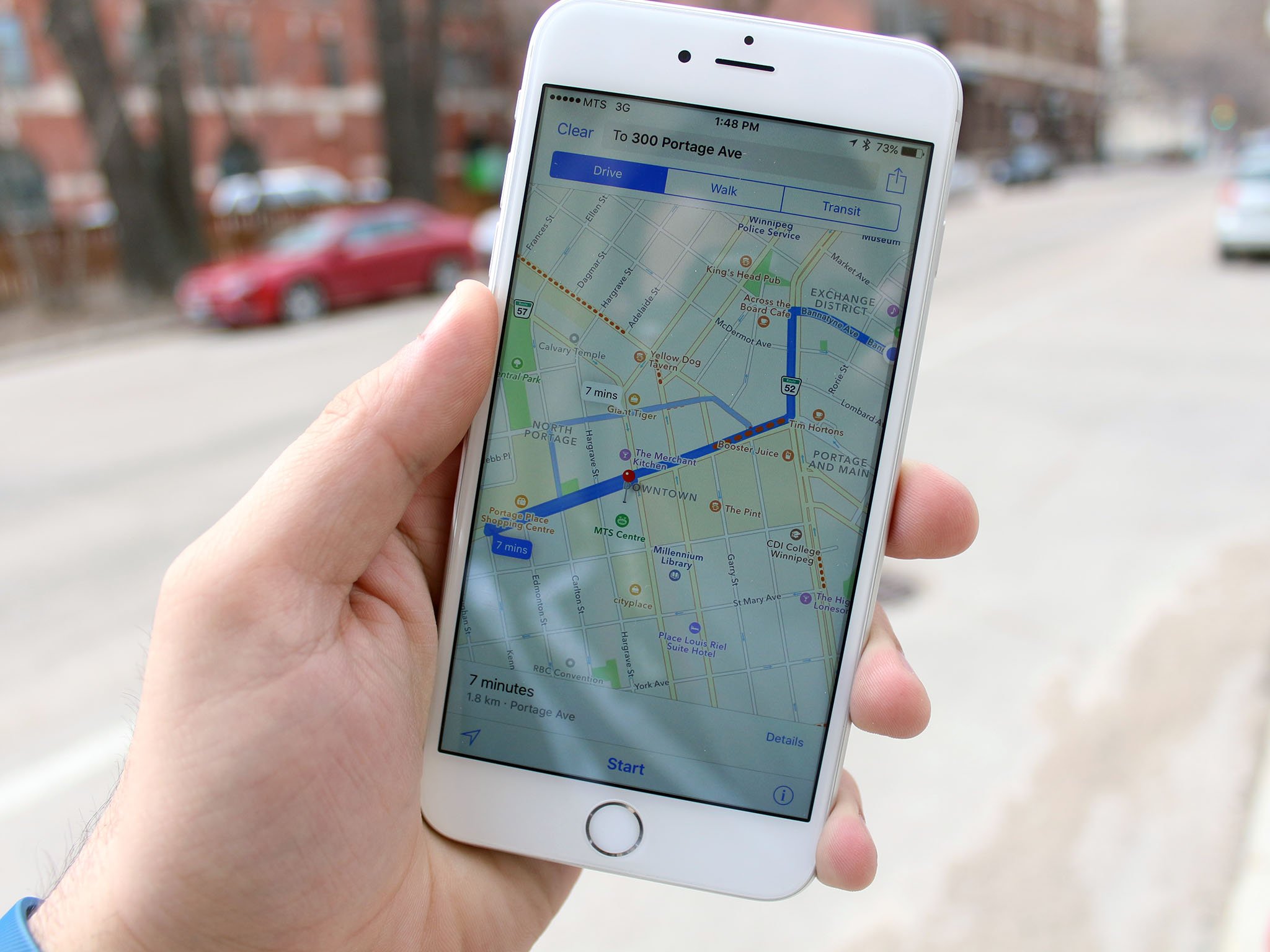Apple and other map creators pushed to add rail crossings to their maps as a safety precaution

What you need to know
- The National Transportation Safety Board has asked Apple, Google and others to add railroad crossings to their mapping services.
- It believes it could help prevent accidents that result in causalties as more people than ever rely on them.
- More information for drivers is always better goes its argument.
The National Transportation Safety Board has asked Apple, Google and Microsoft to add railroad crossings to their mapping services as a safety measure. However, none of the companies have obliged since the board first made its plea three years ago, reports Politico.
Here's what the report states:
The inaction by giant tech companies remains a frustration for safety advocates, at a time when hundreds of people die every year in collisions at U.S. railroad crossings, even as drivers increasingly rely on their smartphones' GPS applications to tell them where to go. And it comes in an era when the tech industry is under fire in Washington for a litany of perceived anti-social behavior — from ruthless squelching of competitors to cavalier handling of users' private data.
A representative for the Federal Railroad Administration said that the inaction by the companies is "tantamount to gross negligence."
Beside the three big tech giants, the NTSB also asked GPS providers Garmin, TomTom, Inrix, Omnitracs and UPS to add railroads crossings to their mapping service.
Google was the one of the companies that respond to the story by Politico:
"Our product teams carefully consider new safety features in the context of the holistic product experience and, in that way, seek to avoid evaluating individual features in isolation that could lead to overcrowding and create a sub-optimal experience for users."
Though the request by the NTSB is understandable, this does raise the interesting question about driver awareness. It's not like roads across the country don't make it clear that a railroad crossing is ahead with grade crossing signal systems that block the road and flash lights to alert drivers.
At some point, it is up to the driver to pay enough attention—either by seeing these warnings or listening to the noise by the oncoming train—to decipher that a train is about to pass. Unfortunately, this is clearly not enough to prevent accidents, but at the same time, if these means aren't as effective, how much will incorporating them into a mapping services help out?
iMore offers spot-on advice and guidance from our team of experts, with decades of Apple device experience to lean on. Learn more with iMore!
Of course, if companies like Apple and Google did add them, it would be welcomed just the same. It just might not be as sweeping as the NTSB believes it could be.

